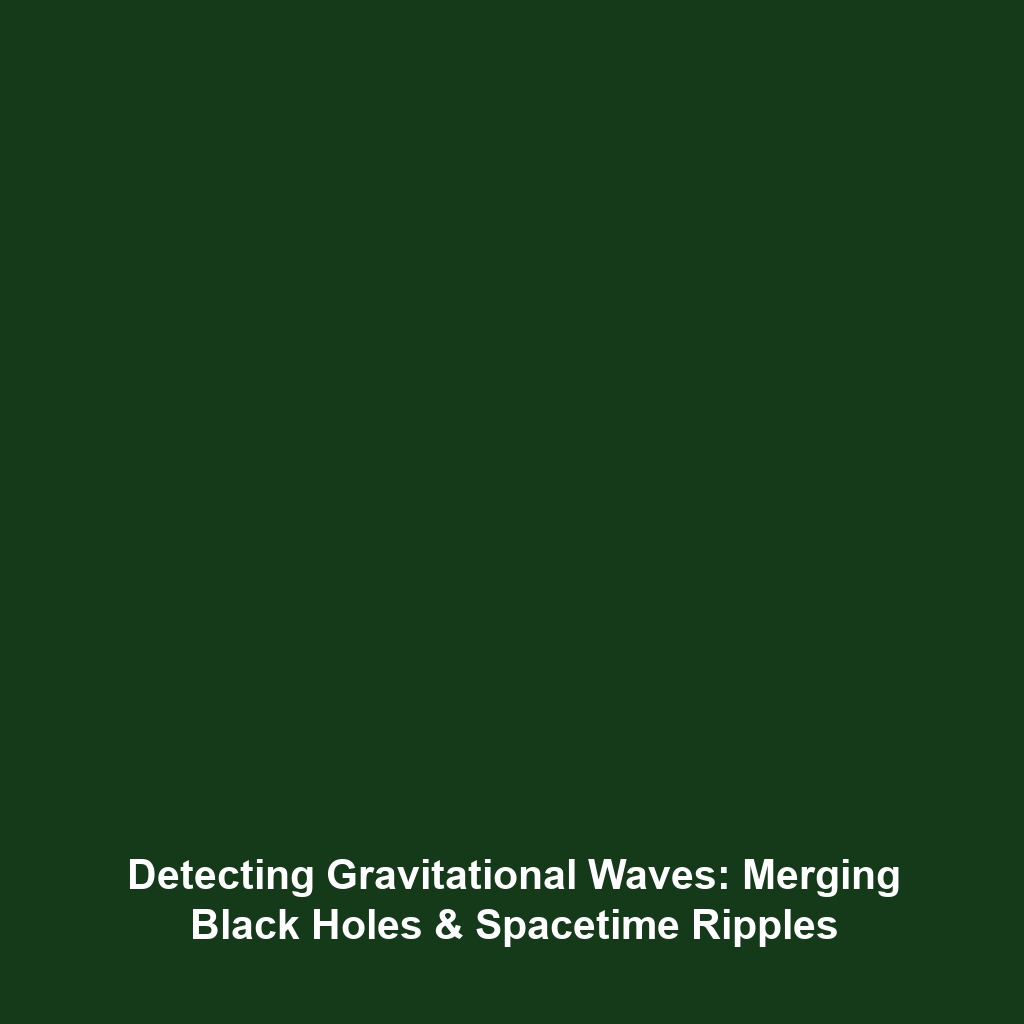The Future of Cosmology: New Tools, New Theories, and the Unknown
Introduction
The future of cosmology offers exciting prospects, with new tools and theories reshaping our understanding of dark matter and dark energy. As the universe’s enigmatic components, dark matter and dark energy constitute over 95% of the cosmos, yet they remain elusive. Exploring cutting-edge technologies and innovative frameworks is crucial to unveiling the mysteries of these phenomena. In this article, we delve into how advancements in cosmological research are steering us towards a deeper understanding of the universe, focusing on the unknowns that await exploration.
Key Concepts
Understanding Dark Matter and Dark Energy
Dark matter refers to a form of matter that does not emit light or energy and is detectable only through its gravitational effects. In contrast, dark energy is a mysterious force driving the universe’s accelerated expansion. Recent advancements in cosmology aim to better understand these hidden phenomena.
The Role of New Tools
Innovations such as advanced telescopes, gravitational wave detectors, and satellite missions are crucial for studying dark matter and dark energy. These tools enhance our observational capabilities, allowing researchers to probe deeper into the cosmos than ever before.
Applications and Real-World Uses
The future of cosmology has notable implications for various fields, including:
- Astrophysics: Understanding the structure and evolution of the universe.
- Technology Development: Innovations in detector technologies benefit other scientific areas such as medical imaging.
- Philosophy and Science: Offering insights into fundamental questions about existence and the nature of reality.
Current Challenges
Despite the promising advancements, several challenges persist in understanding the future of cosmology:
- Challenges of detection: Finding and understanding dark matter particles remain highly complex.
- Data interpretation: Interpreting results from observations often leads to conflicting theories.
- Funding and collaboration: Large-scale projects require significant financial resources and international cooperation.
Future Research and Innovations
The cosmological landscape is poised for transformative research endeavors, including:
- Next-Gen Telescopes: Instruments like the James Webb Space Telescope are expected to provide unprecedented data.
- Quantum Technologies: Quantum sensors may revolutionize our ability to measure cosmic phenomena linked to dark energy.
- Particle Physics Research: Innovative experiments aim to detect dark matter particles directly.
Conclusion
In summary, the future of cosmology holds immense potential for breakthroughs in understanding dark matter and dark energy. By leveraging new tools and theories, the scientific community is on the brink of exploring the unknown aspects of the universe. To stay informed, consider exploring further research and advancements in cosmology through our related articles on dark matter and dark energy.







